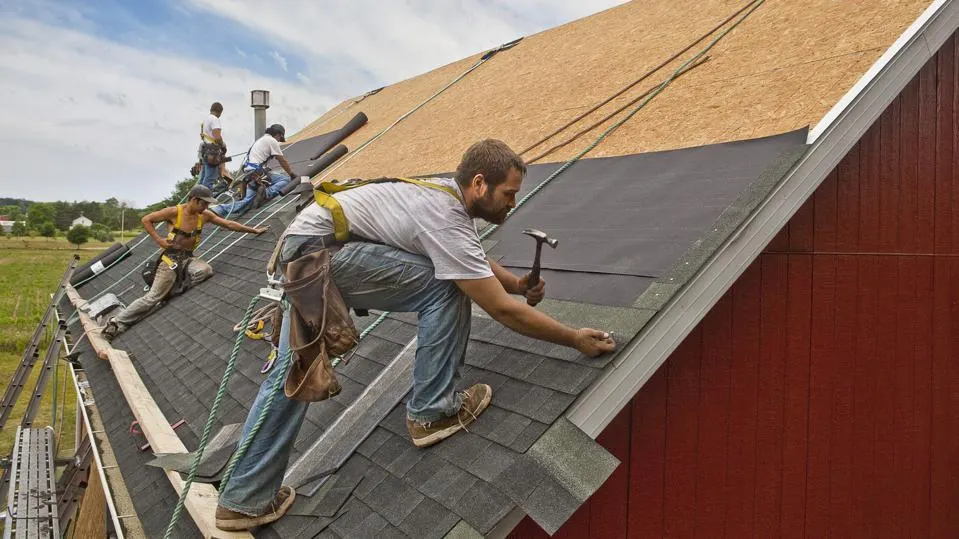Roof replacement is a significant home improvement project that often raises concerns about safety, particularly whether it is safe for homeowners to stay at home during the process. Understanding the risks involved and taking necessary precautions is crucial for making an informed decision. In this article, we will explore the safety aspects of staying home during roof replacement, potential risks to consider, and essential precautions to ensure the well-being of you and your family.

Assessing the Safety of Staying Home During Roof Replacement
Staying home during roof replacement is generally safe, but it is important to assess the specific circumstances of your project. Factors such as the size and complexity of the project, the condition of your home, and the presence of vulnerable individuals can impact the overall safety.
Potential Risks to Consider
While roof replacement is a carefully planned and executed process, certain risks may arise. Falling debris is one of the primary concerns. During the removal of the old roof and installation of the new one, debris such as shingles, nails, and other materials may fall from the roof. Additionally, the noise generated during the project may cause temporary disruption and discomfort. It is essential to evaluate these risks and take appropriate precautions.
Essential Precautions for Safety
To ensure the safety of you and your family during roof replacement, there are several precautions you can take. Firstly, establish clear communication with the roofing contractor. Discuss safety protocols they have in place and address any specific concerns you may have. It is also advisable to designate a safe zone within your home where you can retreat to minimize exposure to noise and falling debris.
Additionally, protect your belongings by covering furniture, removing valuable items from the work area, and securing fragile objects. Inform your neighbors about the ongoing project to ensure their awareness and cooperation. If you have pets, consider their safety as well and confine them to a secure area away from the construction zone.
Considering Alternative Accommodations
In certain cases, homeowners may choose to explore alternative accommodations during roof replacement to mitigate potential risks and inconveniences. Staying with family or friends, renting a temporary accommodation, or arranging a short-term stay in a hotel can provide peace of mind and a comfortable living environment throughout the project’s duration.
Final Assessment and Decision
Ultimately, the decision to stay home during roof replacement depends on various factors, including personal preferences, project complexity, and the presence of vulnerable individuals. Assess the risks, evaluate the precautions that can be taken, and weigh the benefits of staying home versus seeking alternative accommodations. Consulting with your roofing contractor can also provide valuable insights and guidance to help you make an informed decision.
Conclusion:
Deciding whether to stay home during roof replacement requires careful consideration of safety risks and necessary precautions. While staying home is generally safe, it is crucial to assess the specific circumstances of your project and take appropriate measures to protect yourself, your family, and your belongings. Clear communication with your roofing contractor, establishing safe zones, and considering alternative accommodations are all essential steps to ensure a smooth and secure roofing experience. By prioritizing safety and making informed decisions, you can navigate the roof replacement process with confidence and peace of mind.



Leave a Reply